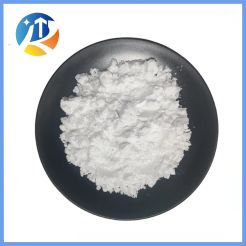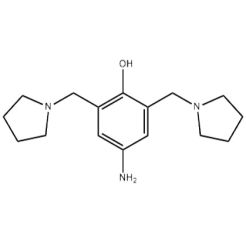2647-50-9
Product Description
https://www.krt-chemical.com/products/flubromazepam-cas-2647-50-9.html
Flubromazepam CAS 2647-50-9
Flubromazepam is a synthetic benzodiazepine that has been increasingly used in laboratory experiments. It is a central nervous system depressant that is known for its sedative, anxiolytic, anticonvulsant, and muscle relaxant properties. Flubromazepam has been used to study the effects of benzodiazepines on behavior, memory, and cognition in laboratory animals. In addition, it has been used to investigate the pharmacokinetics of benzodiazepines in humans.
Flubromazepam, or 7-Bromo-5-(2-fluorophenyl)-1,3-dihydro-1,4-benzodiazepin-2-one, is a chemical of the benzodiazepine class. Flubromazepam is named for the fluorine and bromine substitutions on its core benzodiazepine skeleton (FLUorine-BROMine-azepam). Flubromazepam is a member of the benzodiazepine class as it contains a 1,4 diazepine ring fused to a substituted benzene ring. Bromine is bound to this bicyclic structure at R7. Additionally, a fluorine-substituted phenyl ring is bound to this structure at R5. Flubromazepam also contains an oxygen group double bonded to R2 of its diazepine ring to form a ketone. This oxygen substitution at R2 is shared with other benzodiazepine drugs with the suffix -azepam.
Pharmacology
Flubromazepam has turned out to be a hazardous yet valuable medication for humankind since it can be utilized as a painkiller. Flubromazepam can ease that pain as it has muscle-relaxing effects. The exact pharmacological activity of Flubromazepam are not confirmed by verified data, but existing studies seem to suggest certain amounts anxiolytic, sedative, and muscle-relaxing potential.
Benzodiazepines produce a variety of effects by binding to the benzodiazepine receptor site and magnifying the efficiency and effects of the neurotransmitter gamma aminobutyric acid (GABA) by acting on its receptors.[5] As this site is the most prolific inhibitory receptor set within the brain, its modulation results in the sedating (or calming effects) of flubromazepam on the nervous system.
The anticonvulsant properties of benzodiazepines may be, in part or entirely, due to binding to voltage-dependent sodium channels rather than benzodiazepine receptors.







